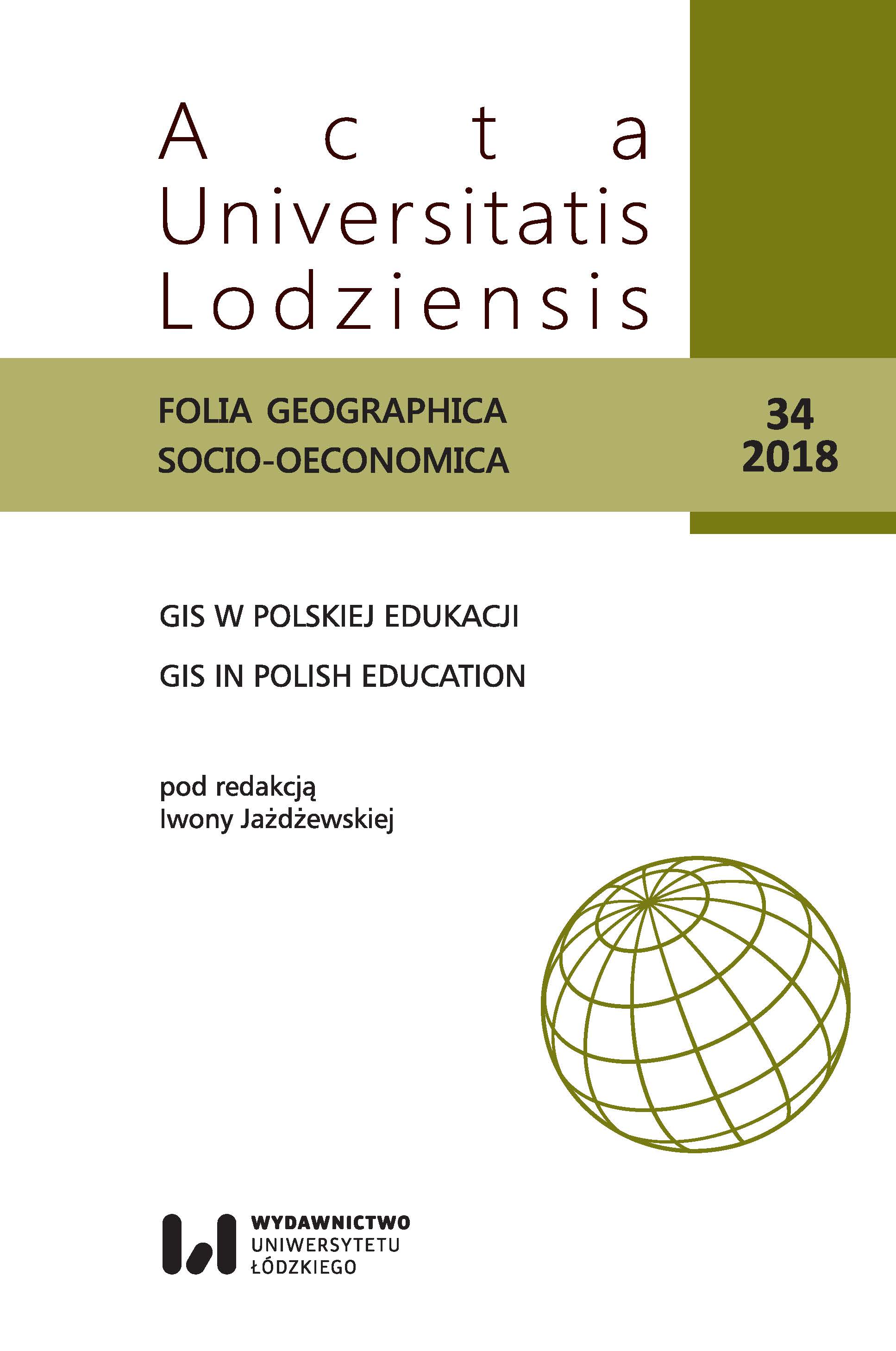Kształcenie na kierunkach studiów geoinformacja i geoinformatyka w wybranych uczelniach w Polsce
Education in geoinformation and geoinformatics at selected universities in Poland
Author(s): Krzysztof Będkowski, Łukasz Chabudziński, Dariusz Gotlib, Witold Kazimierski, Mieczysław Kunz, Zbigniew ZwolińskiSubject(s): Education, Geography, Regional studies, Regional Geography, Higher Education
Published by: Wydawnictwo Uniwersytetu Łódzkiego
Keywords: geoinformation; geoinformatics; GIS; education; university studies
Summary/Abstract: The aim of the paper is to present the most important advantages of educational offers of Polish universities in the field of geoinformation or geoinformatics. Particular attention was paid to the similarities and specific characteristics at particular universities. Studies in geoinformation and geoinformatics have been conducted at seven Universities in Poland. The studies are run in the Bolognese system with bachelor՚s, engineering and master՚s degree. The number of teaching hours is varied and ranges from 1,890 to 2,524 hours for first-cycle studies and from 772 to 1,095 hours for second-cycle studies. Studies in the fields of geoinformation and geoinformatics are assessed as difficult, because they require a good mastery of issues that have been (and still are) the subject of several different types of studies: natural, geographic, geodetic, mathematical, statistical or IT. The objectives of studies can be generalized as follows: (1) knowledge necessary to understand the functioning of the geographical environment, (2) the ability to collect, process, analyze, interpret and visualize geodata using (3) modern computer techniques and methods and/or (4) creating IT tools that support these processes. The realized fields of study are not the same. Each university describes its graduate education goals in a slightly different way: some want them to have the knowledge and skills needed to measure space and phenomena, others – to get the data well processed using IT methods, and another – to use geoinformation and geoinformatics to learn about the mechanisms of functioning environment and society.
Journal: Acta Universitatis Lodziensis. Folia Geographica Socio-Oeconomica
- Issue Year: 34/2018
- Issue No: 4
- Page Range: 25-43
- Page Count: 19
- Language: Polish

